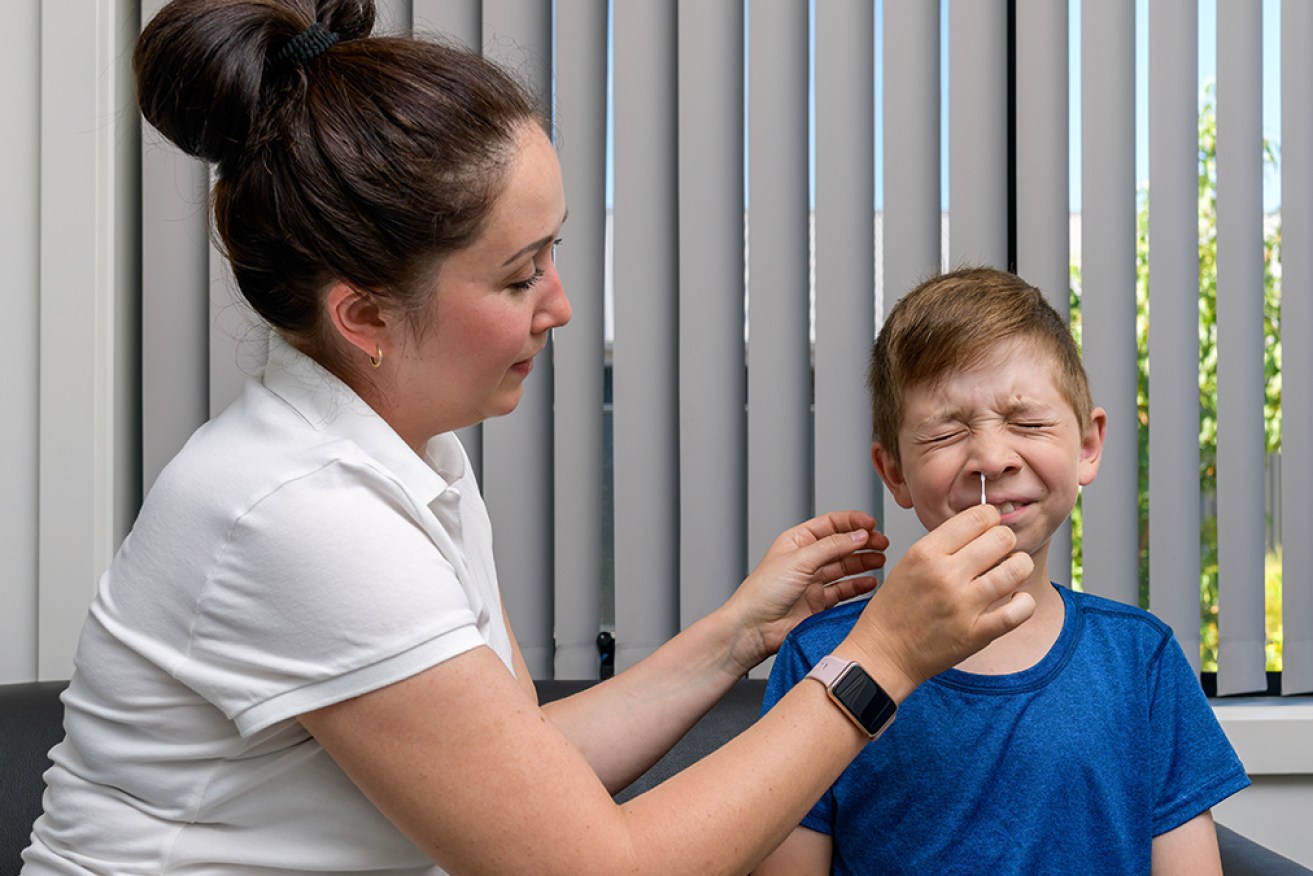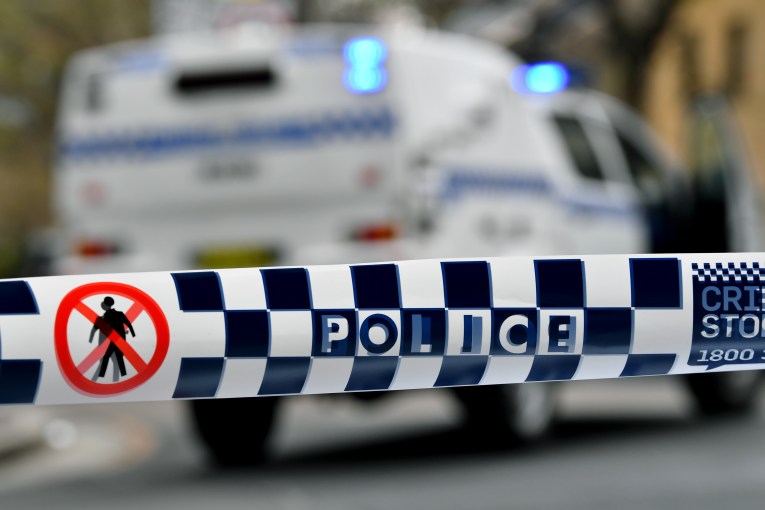Here’s how to take a rapid antigen test and avoid common mistakes


If you are squeamish, you may want to ask someone to do this for you. Photo: Getty
Rapid antigen tests have become a precious commodity, with health departments pushing them as an effective screening tool against COVID-19.
And with kids heading back to the classroom, many schools are relying on a twice-weekly testing regime to help curb the spread of the virus.
In New South Wales alone, six million RATs are being distributed to the state’s 3000 schools to enable students and teachers to test themselves throughout February.
But anecdotal examples suggest some of us may be wasting our sometimes hard-to-find tests with a few common mistakes.
Royal Australian College of General Practitioners vice president Dr Bruce Willett gave The New Daily some tips on getting it right.
His first piece of advice was to ask someone else to do it for you – if possible – or to watch you do it.
Parents of young children in particular should make sure they administer the tests to ensure they are done correctly.
“Obviously they [the tests] need to go in a reasonable way and if people are taking them themselves there are concerns they won’t stick them in far enough – because it’s not very nice,” Dr Willett said.
Tweet from @DrEricLevi
He said most tests will tell you how far to insert them.
A handy tip is to measure this with your finger first to make sure you go far enough.
Keep in mind, not all tests are created equal. You can check the list of TGA recommended rapid tests here.
The nose swabs are generally more accurate than the saliva-only tests, Dr Willett said.
He also said it’s a good idea to just get it over with “reasonably quickly”.
“You need to be brave. It’s a bit like ripping the Band-Aid off,” he said.
Note: Do not do the actual swabbing as quickly as you would rip off a Band-Aid, but take the test quickly rather than giving yourself time to worry about it.
As per the advice in the below video from Dr Eric Levi, low and slow is best when it comes to the actual swab.
Dr Willett also advised for close contacts who have symptoms, a negative rapid test should not be taken as a licence to stop isolating.
“The likelihood is you’ve still got it, even if the rapid test is negative, particularly if you are a close contact,” he said.
“We need to concentrate a lot on more on people looking after themselves and isolating if they have got symptoms.
“If you are symptomatic, you should be staying at home.”
Here are some quick tips:
- Get a rapid antigen test that is approved by the TGA
- Have someone else do it for you, or watch you (if possible)
- Make sure it goes in far enough – measure first if need be
- Get it over with quickly
- Angle the swab low and insert it reasonably slowly
- If you are a close contact with symptoms, you likely have COVID-19.
If in doubt, this TikTok video from University of Melbourne featuring ear, nose and throat surgeon Dr Eric Levi has more great advice: Remember, aiming up is painful – go low and slow.
@unimelb_health @DrEricLevi shows us how to correctly swab our noses. Make sure you don’t just tickle your nose hairs! #lowandslow #learnontiktok #tiktokpartner #sciencetok #rapidtest #rat #covidtest #pcrtest #nasalswab #nosedigger
♬ Say So (Instrumental Version) [Originally Performed by Doja Cat] – Elliot Van Coup
If the test comes back positive, you may need to report the results to your local health department.
You can find more information about the rules in your area here.
And for advice on how to care for yourself if you come down with COVID-19 (and when to call for help), go here.








